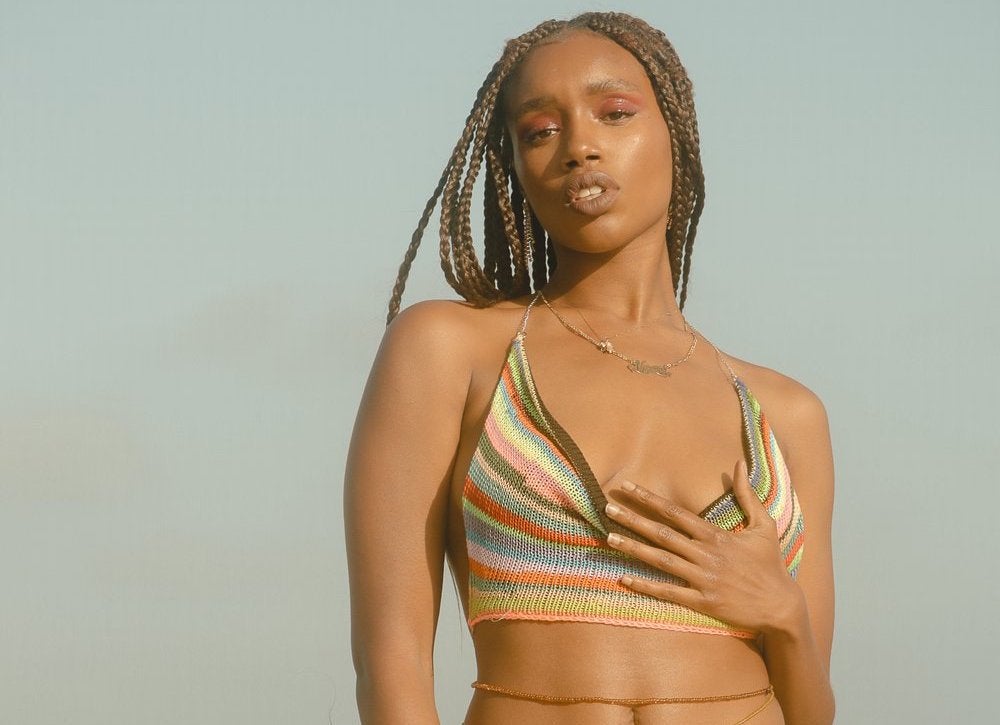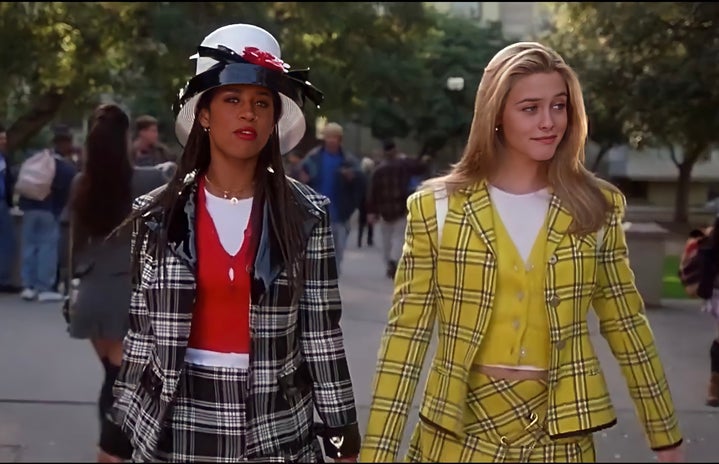Throughout history, Black culture has been a huge proponent and a major influence in setting trends. However, the Black designers and cultural influencers that greatly shaped fashion history are often forgotten or disregarded in spite of their major contributions to fashion as we know it today. Keep reading to learn about some of the forgotten ways in which Black culture has influenced trends, both historically and continuing into the styles we see today.
Let’s begin with the 1920s— a time of indulgence and magic, constituted by women hiking up their skirts and young people dancing the Charleston late into the evening. When we reflect on this vibrant and fun time, we often hear the sounds of jazz musicians like Louis Armstrong and Duke Ellington booming their powerful voices over the images of short skirts, drop waists and shortly coiffed hair in our head. With the introduction of jazz, a genre of music originating in the African-American communities of Louisiana that combined spiritual hymns, rhythms and blues and ragtime, young people were able to have a new sound that gave them the courage to veer away from the traditional Victorian style, adopting the fashion that still influences our culture today. Without the courageous and soulful voices of profound Black jazz musicians, it is very reasonable to say that the fashion we have come to know and love from the 1920s may not have been as bold or fashion-forward.
In the 1950s, a literary movement known as the “Beat Movement” began to take place. This movement, led by young poets known as “beatniks,” sought to break away from the traditionalism and structure of many American households. Although not widespread, the movement came to greatly influence fashion, with its slim-fitting attire and dark color palettes giving young scholars the uniform they needed in order to set themselves apart from homogeneity and materialism. The movement was heavily influenced by Black culture, particularly by the soulful sounds of modern jazz and their status as outcasts from society. Due to both groups being placed on the outskirts of society in a post-war America that sought sameness over unique thought and idea, the Beats made their home in Black neighborhoods of major cities and continued to derive inspiration from the culture they found there.

In the 1970s, a new style was on the rise, and we began to see Black culture infiltrate mainstream fashion like never before. WIth flowy skirts and earth-toned prints, college students protested avidly for peace and the Civil Rights movement reached its peak in Black communities across the nation. During this time in fashion history, we see the rise of jersey-knitted tops and pants, maxi-dresses, fringe and studded leather-all trends pioneered by Black designer Stephen Burrows. Inspired by black culture and the quickly spreading disco scene, Burrows introduced many of the styles that have come to be associated with ‘groovy’ 70’s fashion. One of his most long-lasting designs is the infamous lettuce hem, a style we see very prominently in modern fashion. Utilizing a close-knit zig-zag stitch, the designer was able to create the tightly curled ‘lettuce’ style we see on shirts, skirts, dresses and all kinds of fashion even today.
In the 1980s, the rise of streetwear and more urban styles in mainstream pop culture allowed for the emergence and recognition of Black talent in fashion in new ways. One such example is the talented black couturier by the name of Dapper Dan, who rose to prominence in the streetwear market for his cutting-edge use of high fashion logo print in his streetwear designs. After a trip to Africa in 1974, the designer returned to New York with vigor and a newly found passion for designing clothes. However, upon his return, Dapper Dan quickly realized that he lacked the resources to fuel his new aesthetic of luxury and elegance.
Instead of giving up, Dan created an innovative technique still seen in fashion today: the designer would purchase bulks of monogrammed logo fabric from high-end fashion houses, usually put out for house decor or bedding, to create his unique designs, adding an air of recognizable elegance and style to his already refined eye for design. The designer was very quickly recognized and procured a client list full of big names, such as Jay-Z, LL Cool J and Floyd Mayweather, before ultimately being shut down after a raid on his shop led by the fashion company Fendi. After his arrest, the same high-fashion design companies that had been stacking up lawsuits against him adopted his technique and still use it today in the creation of sportswear and street style lines.

The late ’90s and the early 2000s saw the heavy influence of R&B singers, such as Aaliyah, on fashion with their low-rise jeans and oversized flannels. In addition, we see the rising influence of Black ‘supermodels’ such as Naomi Campbell and Tyra Banks in determining beauty standards for their devoted followers, like thin frames and natural, dewy makeup. This cult following of famous pop culture figures can be seen in today’s influencer market, with how young teenagers closely follow and attempt to resemble the personal styles of their favorite stars and social media influencers. In addition, the 90’s styles we can attribute to these early black artists and fashion stars have continued to influence trends today, with styles like “Y2K” taking over Instagram feeds.
In fashion, it can become too easy for the influence of Black culture and other minority groups to be erased from the runways they influence. By doing the research and striving to understand where trends emerge from, we can begin to hold fashion houses and companies that have profited from the use of these cultures in mainstream fashion accountable. If you enjoyed reading this article, continue to research how Black culture and many other groups have influenced some of the biggest trends we see today.



